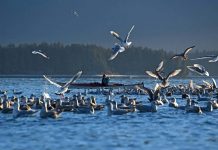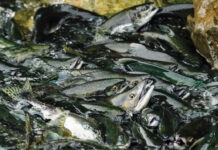Shrill and insistent, the alarm announces the arrival of another workday. Five out of every seven mornings, the to-do list begins before we even leave the driveway: fix a cup of coffee and breakfast, listen to the morning news, tune out the traffic report for a distant city. The fast-talking reporter fires off tips with staccato efficiency—which routes are moving slowly, where to expect construction, how to avoid the inevitable caffeine-fueled collisions.
I turn off the radio and cheerfully pull on my sprayskirt. The only traffic I’ll encounter on my commute consists of porpoises and seals.
The secret to becoming a successful kayak commuter
Paddling is one of the oldest forms of transportation, yet it is easy to forget its functionality. For most modern kayakers, time on the water is far more than a straightforward passage from A to B. It’s a shift in perspective. Time moves differently. Light behaves in new ways. Water is a unique medium and there is something both liberating and relaxing about it.
I often sigh as soon as I push away from shore. When I feel my body no longer supported by my legs, cradled in the cockpit of my kayak, I’m immediately immersed in the effect that shift in medium has on my whole being.
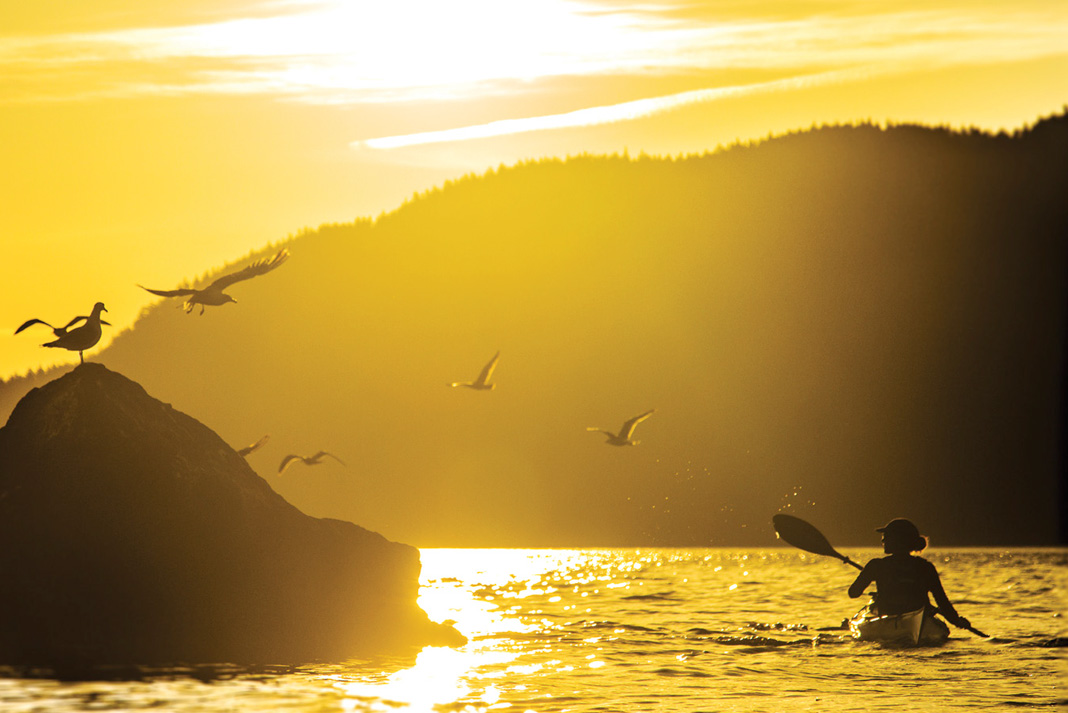
For the kayaker who lives and works near riverbank or coastline, there is no better release than taking your daily commute to the water. It may start as a novel concept—an impress-your-colleagues- once-or-twice stunt—but repetition soon becomes routine.
At first, I agonize over the extra time it takes to paddle six miles (roughly one hour and 20 minutes, depending on fog, tides and wind) versus driving 12 miles of pavement (around 20 minutes, barring traffic jams). Still, I make it a weekly habit. In the winter months, when the sun shuttles below the horizon earlier, I compromise, paddling in and taking the bus home.
Serenity in the slow lane
The secret to becoming a successful kayak commuter is this: it has nothing to do with speed and efficiency. Save those priorities for when you walk through the office doors. Sure, it takes longer than driving, but this is one of the reasons we paddle: to slow down and experience the world around us with the awe it deserves.
Paddle commuting restores sanity and satiates an unquantifiable side, perhaps my better half. I arrive at work with a happy body and I land at home feeling relaxed and free of any stress that may linger from the office. Sometimes, in lieu of a grocery store, I stop and pick fresh mussels on the return paddle.
The rhythmic dance of the paddle dipping on either side of the kayak creates ephemeral eddies of water and low-angled light. Mind at ease, pacified by reflections of trees and clouds, time fades into an abstract construction of an overly linear society. A surfacing porpoise breaks the meditative silence, a reminder of the rich, near-forgotten realm below.
To paddle is to travel along a transitional line between two worlds. More than simply a healthy way to commute—carbon-free and good cardio—it’s a new way of seeing. Could there be a finer path to creativity and contentment in the workplace than the path of the commuter’s paddle?
Laura Prendergast parks her paddle at Pygmy Boats, located on the water in Port Townsend, WA.
Enjoy your calm-mute. | Feature photo: Jaime Sharp




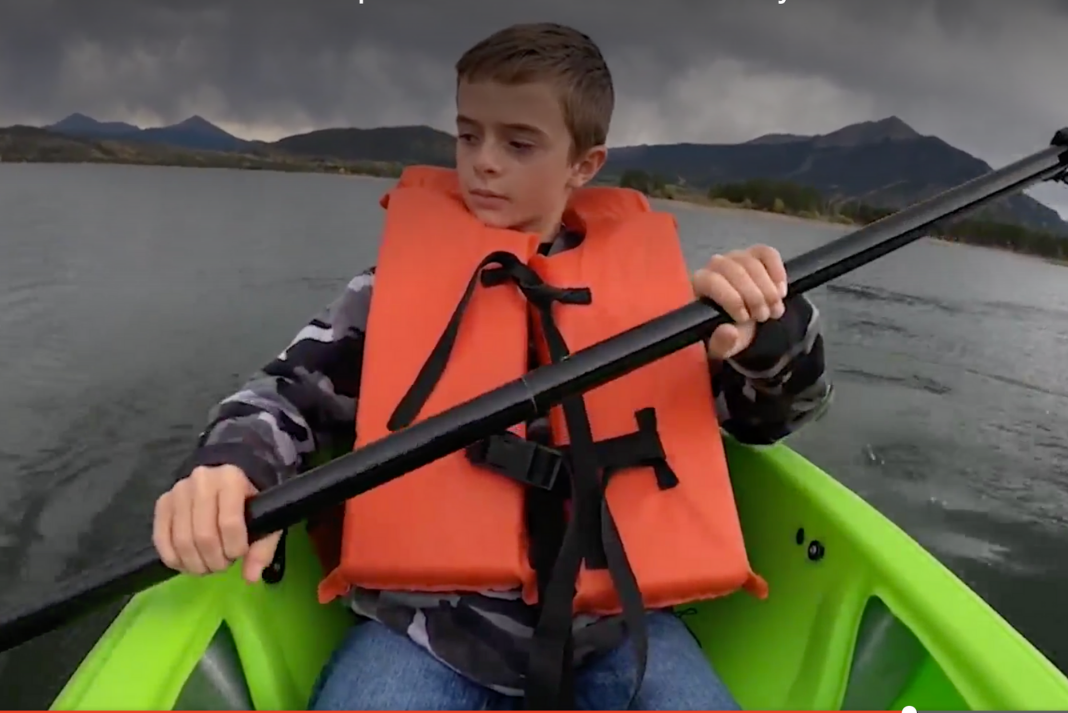
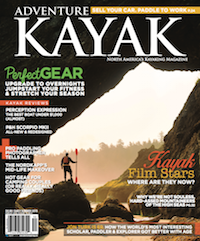 This article was first published in the Early Summer 2015 issue of Adventure Kayak Magazine.
This article was first published in the Early Summer 2015 issue of Adventure Kayak Magazine. 
